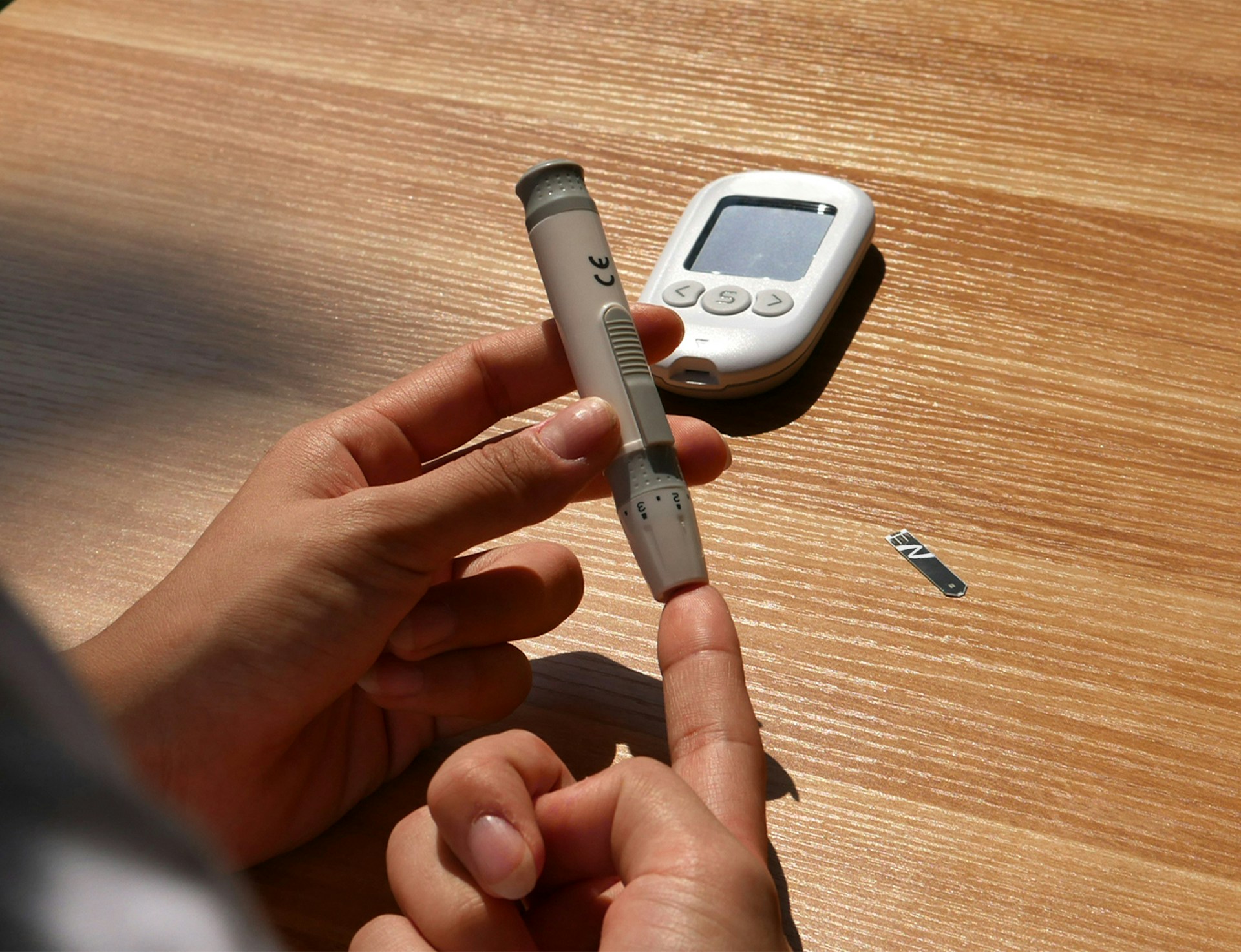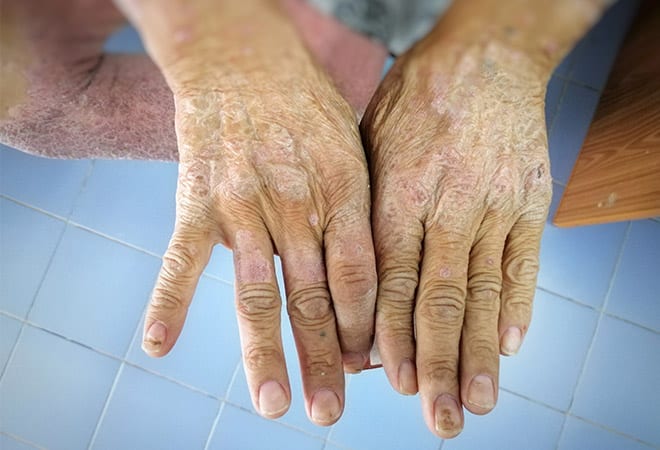
Understanding and Managing Low Blood Sugar
What Is Low Blood Sugar?
Low blood sugar, also known as hypoglycemia, is a condition where blood glucose levels drop below normal, causing a range of symptoms from mild discomfort to severe health risks. It is most commonly associated with diabetes but can affect anyone under certain conditions.
Hypoglycemia occurs when blood glucose levels fall below 70 milligrams per deciliter (mg/dL), though symptoms may not appear until levels are even lower. According to the American Diabetes Association (ADA), hypoglycemia is a common concern for people with diabetes, particularly those using insulin or certain medications, but it can also occur in non-diabetics due to various factors.
Glucose is the body’s primary energy source, especially for the brain, which relies heavily on steady blood sugar levels. When levels drop too low, the body and brain cannot function optimally, leading to symptoms ranging from shakiness to confusion or even loss of consciousness in severe cases.
How Does Lupus Affect the Skin, Joints, and Organs?
Key Characteristics of Hypoglycemia
- Rapid Onset: Symptoms can appear suddenly, especially in response to missed meals or excessive insulin.
- Varied Severity: Mild cases may cause discomfort, while severe cases can be life-threatening if untreated.
- Reversible: Prompt treatment can restore normal blood sugar levels and resolve symptoms.
Causes of Low Blood Sugar
Hypoglycemia can result from a variety of factors, particularly in individuals with diabetes, but it can also occur in those without the condition. Common causes are:
Causes in People with Diabetes
- Medications: Insulin or oral diabetes medications like sulfonylureas can lower blood sugar too much if doses are not properly balanced with food intake or activity.
- Missed or Delayed Meals: Skipping meals or eating less than planned can cause blood sugar to drop, especially for those on insulin.
- Excessive Physical Activity: Exercise increases glucose uptake by muscles, which can deplete blood sugar if not managed with food or medication adjustments.
- Alcohol Consumption: Drinking alcohol, especially on an empty stomach, can interfere with the liver’s ability to release glucose.
Causes in People Without Diabetes
Hypoglycemia in non-diabetics, known as non-diabetic hypoglycemia, is less common but can occur due to:
- Reactive Hypoglycemia: Blood sugar drops after eating, often due to excessive insulin release.
- Fasting Hypoglycemia: Caused by prolonged fasting, certain medications, or medical conditions like liver disease or tumors (e.g., insulinomas).
- Hormonal Imbalances: Conditions like adrenal insufficiency or low cortisol levels can impair glucose regulation.
- Critical Illness: Severe infections or organ failure can disrupt glucose metabolism.
Panic Attacks: Recognizing and Treating Them
Risk Factors
- Diabetes: Particularly type 1 or advanced type 2 diabetes.
- Medications: Beyond diabetes drugs, some medications like quinine can trigger hypoglycemia.
- Family History: A history of hypoglycemia or related conditions may increase risk.
- Lifestyle Factors: Poor diet, excessive alcohol, or intense exercise without preparation.
Symptoms of Low Blood Sugar
Hypoglycemia symptoms vary depending on severity and individual response.
Mild Symptoms
- Shakiness or trembling
- Sweating or chills
- Hunger or nausea
- Nervousness or anxiety
- Rapid heartbeat
- Irritability or impatience
Moderate Symptoms
- Confusion or difficulty concentrating
- Dizziness or lightheadedness
- Difficulty speaking or slurred speech
- Mood swings or agitation
Severe Symptoms
- Seizures
- Loss of consciousness
- Coma
- Inability to eat or drink due to confusion or unconsciousness
Severe hypoglycemia requires immediate medical attention, as it can lead to life-threatening complications.
Zika Virus Infection: Symptoms and Pregnancy Risks
Diagnosing Low Blood Sugar
Diagnosing hypoglycemia involves assessing symptoms, measuring blood glucose levels, and identifying underlying causes. The diagnostic process include:
- Blood Glucose Testing: A glucometer or lab test confirms blood sugar below 70 mg/dL during symptoms.
- Whipple’s Triad: Used to diagnose hypoglycemia, it includes:
- Symptoms of low blood sugar.
- Documented low blood glucose at the time of symptoms.
- Symptom relief after raising blood glucose.
- Medical History and Tests: Doctors may review medications, diet, and lifestyle or order tests like fasting glucose or imaging to rule out tumors or hormonal issues.
Individuals with frequent hypoglycemia should undergo a thorough evaluation to identify triggers or underlying conditions.
Prevention of Low Blood Sugar
Preventing hypoglycemia involves proactive management, especially for those with diabetes. Some practical strategies are:
For People with Diabetes
- Monitor Blood Sugar Regularly: Use a glucometer or continuous glucose monitor (CGM) to track levels, especially before meals, exercise, or bedtime.
- Balance Medications and Meals: Coordinate insulin or medication doses with carbohydrate intake and activity levels.
- Eat Regular Meals and Snacks: Include complex carbohydrates, protein, and healthy fats to stabilize blood sugar.
- Prepare for Exercise: Check blood sugar before and after exercise, and consume a snack if needed.
- Limit Alcohol: Drink in moderation and never on an empty stomach.
For Non-Diabetics
- Eat Balanced Meals: Regular meals with protein, fiber, and healthy fats prevent reactive hypoglycemia.
- Avoid Excessive Fasting: Prolonged fasting can deplete glucose stores.
- Manage Underlying Conditions: Treat conditions like liver disease or hormonal imbalances with medical guidance.
Osteoarthritis: Causes, Symptoms, Prevention, and Treatment
Managing Low Blood Sugar
Prompt treatment is critical to reverse hypoglycemia and prevent complications. The ADA recommends the “15-15 Rule” for mild to moderate hypoglycemia:
The 15-15 Rule
- Consume 15 grams of fast-acting carbohydrates:
- 4 ounces (½ cup) of fruit juice
- 3–4 glucose tablets
- 1 tablespoon of sugar or honey
- 5–6 small hard candies
- Wait 15 minutes and recheck blood sugar.
- Repeat if needed: If blood sugar remains below 70 mg/dL, consume another 15 grams of carbohydrates.
- Follow with a snack: Once blood sugar stabilizes, eat a meal or snack with protein and complex carbohydrates to prevent recurrence.
Severe Hypoglycemia
For severe cases where the person cannot eat or drink, a Glucagon Injection should be administered by a caregiver or medical professional to raise blood sugar quickly.
Long-Term Management
- Medication Adjustments: Work with a healthcare provider to adjust insulin or medication doses.
- Education: Learn to recognize early symptoms and act quickly.
- Medical Alert: Wear a medical ID bracelet to inform others of your condition in emergencies.
Supporting Someone with Hypoglycemia
If someone is experiencing low blood sugar:
- Stay calm and reassure the person.
- Help them consume fast-acting carbohydrates if they’re alert.
- Administer glucagon or seek emergency help for severe cases.
- Stay with them until symptoms resolve or help arrives.
Autoimmune Disorders: Recognizing the Signs, Diagnosis, and Treatment
Complications of Untreated Hypoglycemia
Untreated hypoglycemia can lead to serious consequences such as:
- Seizures or loss of consciousness
- Brain damage in prolonged severe cases
- Increased risk of accidents (e.g., while driving)
- Hypoglycemia unawareness, where symptoms become less noticeable over time
Conclusion
Low blood sugar is a manageable condition with proper understanding and proactive strategies. By recognizing symptoms, addressing causes, and implementing prevention and treatment plans, individuals can minimize its impact. If you or your loved one experience frequent or severe hypoglycemia, consult a healthcare provider to develop a personalized management plan.
Tonsillitis: Causes, Symptoms, and Treatment – When to Remove the Tonsils







